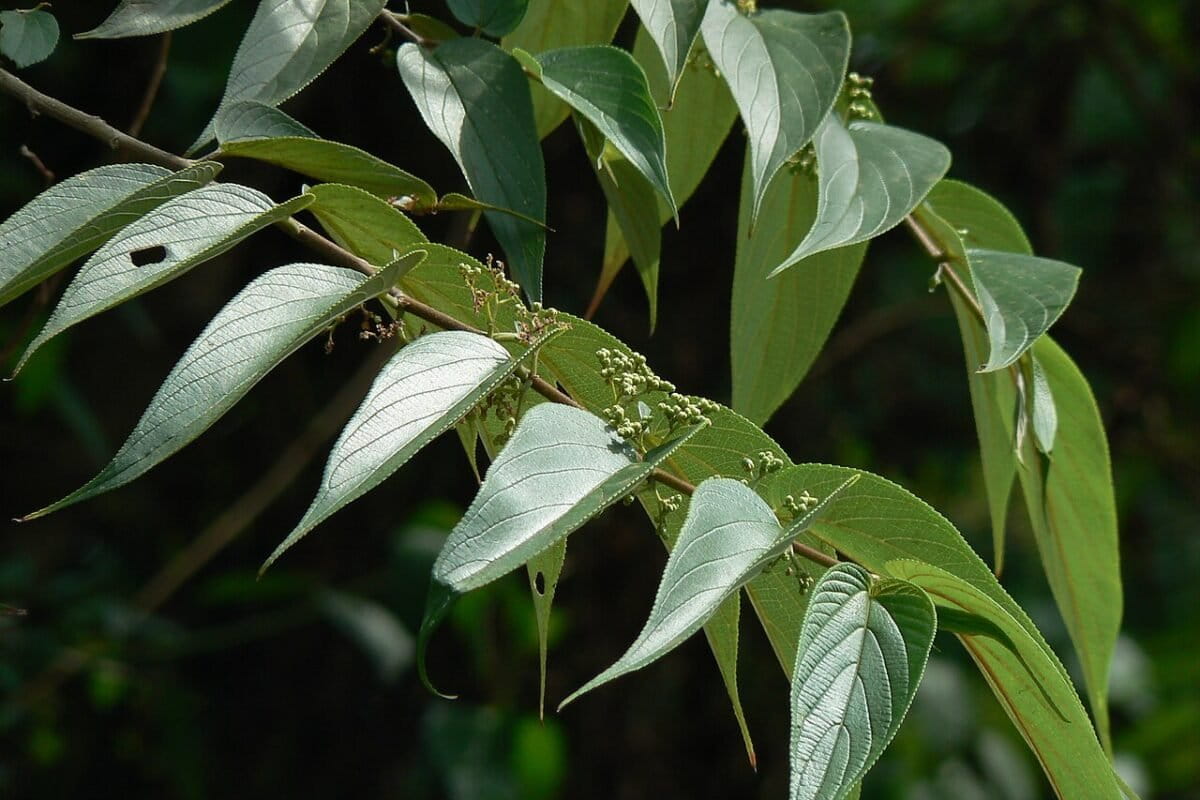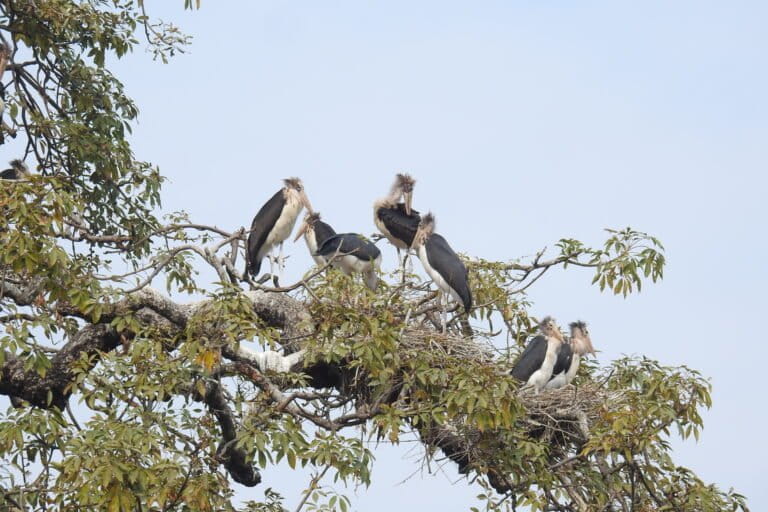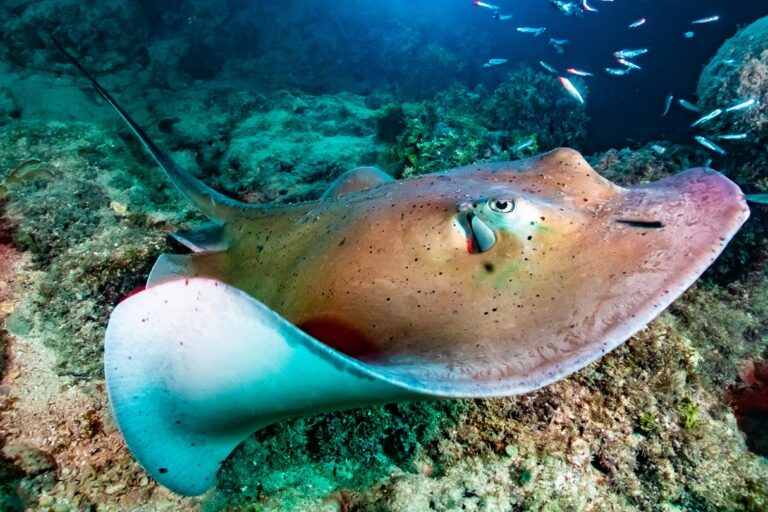- Japanese scientists found a new-to-science species of shrimp-like creature from the gills of a female whale shark that lived in a fish preserve off the island of Okinawa.
- The newly described species is a type of amphipod, a group of shell-less crustaceans that usually feed on decaying plant and animal matter and can be found in a wide variety of environments, from freshwater to some of the deepest parts of the ocean.
- The researchers have named the amphipod Podocerus jinbe, after the Japanese word jinbe for whale sharks.
- It unlikely that the amphipods were feeding directly on the whale shark, the researchers say, and may have been inhabiting the whale shark’s mouth because it provided a good habitat with fresh seawater and food and shelter from predators.
In 2017, Japanese scientists found hundreds of shrimp-like creatures in an unusual place: on the gill rakers of a female whale shark, the world’s largest fish, living in a fish preserve off the island of Okinawa.
The researchers scuba-dived in the preserve, then using a suction pump collected some of the crustaceans. Back in the lab, they examined the animals in detail and sequenced their DNA to confirm that the tiny creatures belong to a previously undescribed species of amphipod, a group of shell-less crustaceans that usually feed on decaying plant and animal matter, and that can be found in a wide variety of environments, from freshwater to some of the deepest parts of the ocean.
The researchers, who have described the amphipod in a new study published in the journal Species Diversity, have named it Podocerus jinbe after the Japanese word jinbe for whale sharks.
Amphipods can often be seen on a variety of invertebrates, or animals without a backbone. But they’re not as commonly associated with vertebrates, the researchers write, although the animals have been recorded from the surface of fish, some sea turtles and marine mammals. This study presents the first time an amphipod species has been documented in a whale shark (Rhincodon typus), the researchers say.
“This creature, which is usually 3-5 centimetres long, is amazing because they can live in so many different kinds of environment,” Ko Tomikawa, lead author of the study and an associate professor at Hiroshima University, told Agence-France Presse. “But I didn’t expect we would find one inside the mouth of a whale shark.”
The researchers collected 357 male and 291 female individuals of P. jinbe from the whale shark, but it is unlikely that the amphipods were feeding directly on the whale shark, the authors write in the paper.
“The mouth of the whale shark is probably a good habitat because fresh seawater, which is necessary for them to breathe comes in regularly, and food flows in too,” Tomikawa said. “And it also provides a safe place without any predators.”
However, whether the newly described amphipod species is actually associated with whale sharks or swarmed a passing whale shark opportunistically, remains to be seen, Tammy Horton, a researcher with the National Oceanography Centre in the United Kingdom, told Gizmodo.
As for the whale shark in the preserve, she died three months after the researchers collected the amphipods from her mouth. While the authors don’t know why the whale shark died, they write that she was weak and had no appetite.

Citation:
Tomikawa, K., Yanagisawa, M., Higashiji, T., Yano, N., & Vader, W. (2019). A new species of Podocerus (Crustacea: Amphipoda: Podoceridae) associated with the whale shark Rhincodon typus. Species Diversity, 24(2), 209-216. doi:10.12782/specdiv.24.209














